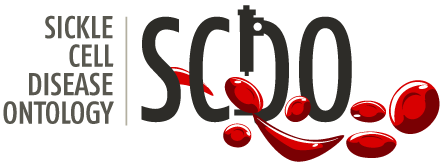What is Sickle Cell Disease ?
Sickle Cell Disease is the most common monogenic disorder worldwide. It is characterized by the presence of ‘sickle-’ or ‘banana-shaped’ red blood cells, which are caused by a single substitution mutation in the beta-globin gene. The subsequent conversion of glutamic acid to valine on the surface of the beta-globulin chain facilitates polymerization of the hemoglobin molecules, causing the change in the appearance of the red blood cells.
These red blood cells have reduced membrane plasticity in comparison to the normal biconcave shaped erythrocytes, and patients are susceptible to microvascular occlusion and subsequent organ damage. As a result, clinical symptoms of the disease can manifest wherever there is impaired blood flow.
The highest incidence rates of SCD are found in tropical regions due to the partial resistance conferred to heterozygotes for the allele against plasmodium falciparum (malaria) infection. However, this disease is fast becoming a global health concern due to widespread migrations.
